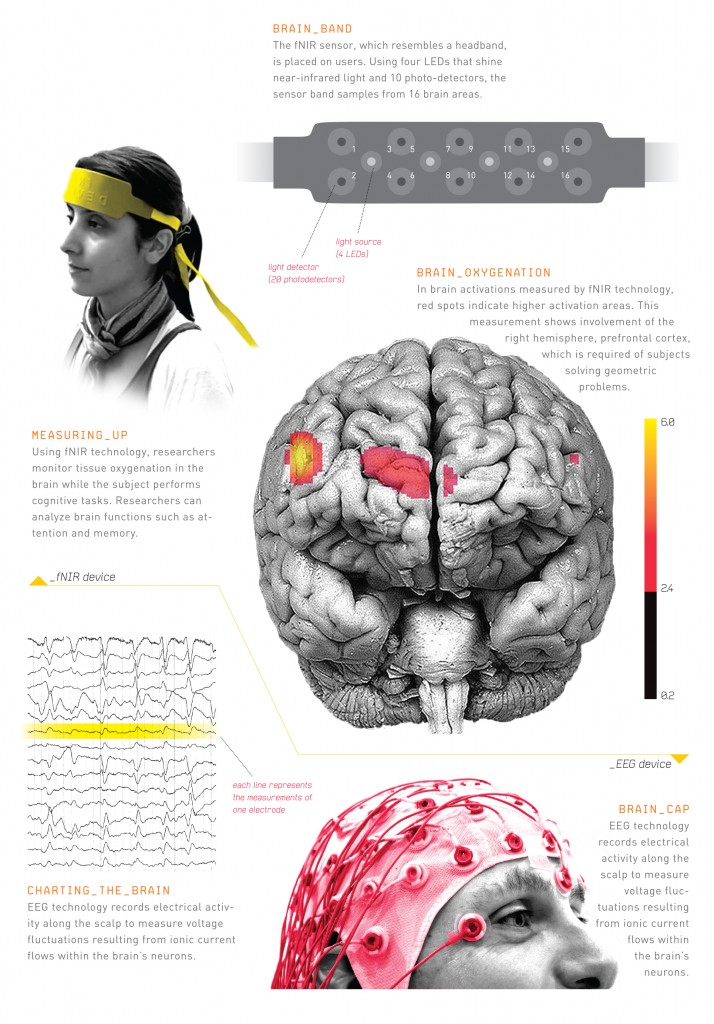
_Hasan Ayaz
Ayaz is an assistant research professor in the School of Biomedical Engineering, Science and Health Systems.
Until a few years ago, the most common way to collect information about the brain was to use magnetic resonance imaging, or MRI, which is used for structural measuring rather than brain activity.
These days, Drexel researchers such as Hasan Ayaz, an assistant research professor in the School of Biomedical Engineering, Science and Health Systems, are at the forefront of collecting data with new, smaller methods of brain imaging technology.
“An MRI is a room-sized instrument in hospitals, and while we have learned a lot from MRI, there are constraints,” Ayaz says. “You need to lay down in a small, confined space, and you need to stay still so they can measure the brain.”

“With new technology, Drexel researchers are able to study the mysterious human brain with more accuracy and less equipment.”
“We are now able to learn more information about the brain and how it works, but it’s a challenge,” Ayaz adds. “You need the technology to do so.”
Using smaller, portable devices such as electroencephalography, or EEG technology, and near-infrared-based functional optical brain imaging, or fNIR, Ayaz and researchers at the Cognitive Neuroengineering and Quantitative Research Collaborative are able to capture information about the brain in situations that more closely mimic real-world activities. The EEG and fNIR can be used separately or in tandem to create a more comprehensive picture of brain activity.

